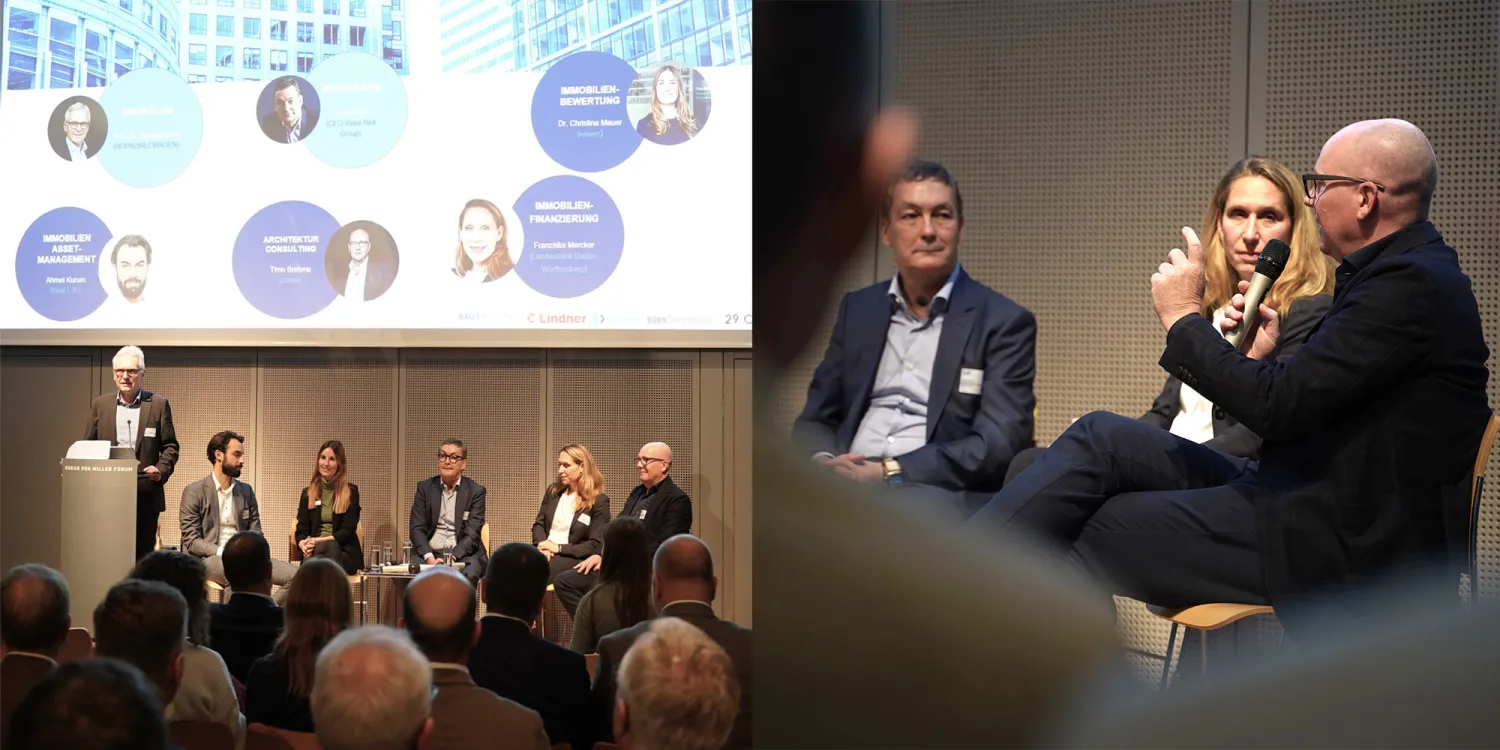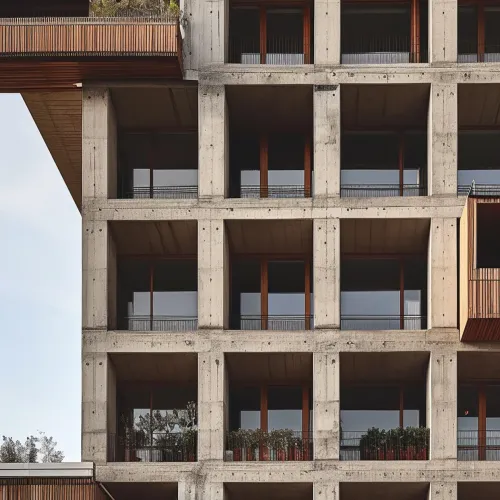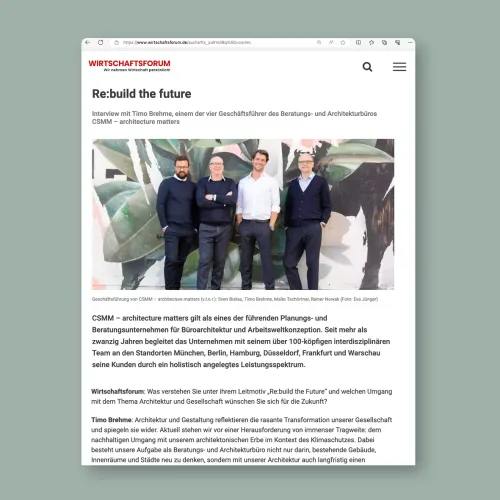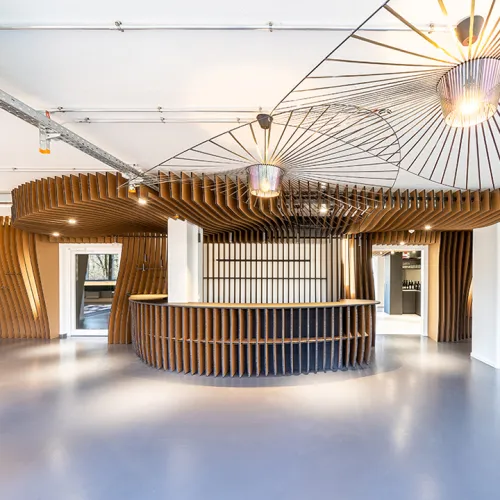Panel at TU Munich with Timo Brehme: "Office Properties in Transition – Trends and Solutions for Unused Spaces"
Many thanksto TU Munich for organizing such an engaging panel discussion on “Office Properties in Transition – Trends and Solutions for Unused Spaces,” in which our managing director Timo Brehme had the honor of participating. We thoroughly enjoyed the vibrant exchange of ideas about reimagining vacant office spaces.
At CSMM, we believe it is our responsibility to transform unused spaces into sustainable, forward-thinking environments through creative and responsible concepts.
Today, many organizations are facing the challenge of envisioning what their future workplace should look like. One thing is clear: the physical office is far from obsolete – in fact, it’s becoming more essential. We’re seeing a shift toward greater office presence, signaling a deliberate move away from a fully digital work culture. Finding the right balance between in-person and remote work is critical. Another notable trend is the “flight to quality”—companies are increasingly seeking high-caliber work environments that align with new organizational models and modern work practices. Offices must adapt to these evolving needs by becoming flexible, multi-functional spaces. Concepts like the office as a “hub and home” or introducing “home zones” as adaptable spaces within the workplace are growing in relevance. Organizations that master hybrid structures and cater to the needs of their employees will be best positioned to unlock the full potential of unused spaces and integrate them meaningfully into future work environments.
Looking Ahead:
The future of office properties will continue to evolve in exciting ways. While ecological sustainability (the “E” in ESG) remains a major focus, greater attention will shift toward social (“S”) and governance (“G”) factors. Beyond minimizing energy consumption and CO₂ footprints, properties will need to prioritize creating social value. This shift will emphasize renovations, quality improvements, and integration into broader ecosystems. Key aspects include central locations with strong infrastructure and holistic districts that feature community-focused programs. Spaces designed with people in mind—offering real value to the community—will take center stage. Particularly exciting is the potential of repurposing office buildings that no longer fit traditional usage patterns. Innovative concepts like mixed-use developments—combining living and working spaces—can redefine how we bridge the gap between work and life. By reactivating unused spaces in meaningful ways, we can address the evolving demands of modern society while unlocking their true potential.







